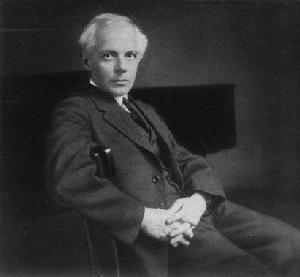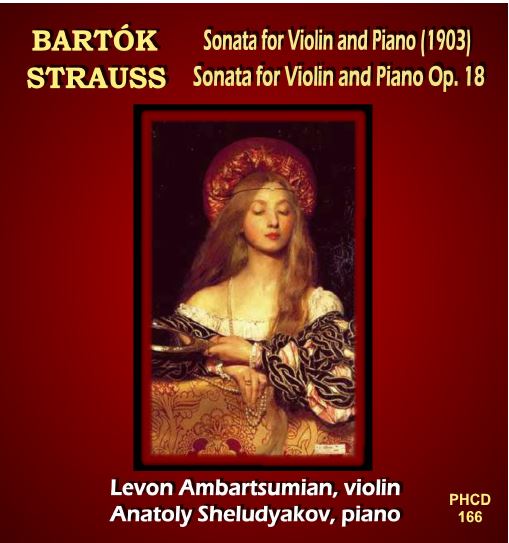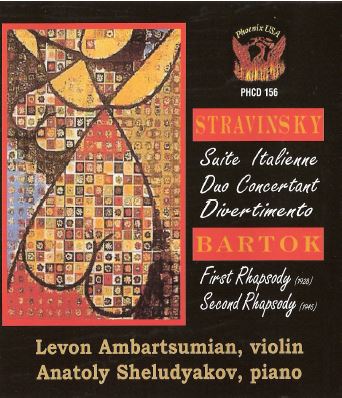
Bartok, Bela
Born in 1881, he began lessons with his mother, who brought up the family after his father’s death in 1888. In 1894 they settled in Bratislava, where he attended the Gymnasium. In 1904 he made his first Hungarian folksong transcription and in 1907 he was appointed to the Budapest Academy, which enabled him to settle in Hungary and continue his folksong collecting, notably in Transylvania. Meanwhile his music was beginning to be influenced by this activity and by the music of Debussy that Zoltan Kodály had brought back from Paris. Both opened the way to new, modal kinds of harmony and irregular meter.
The 1908 Violin Concerto is still within the symphonic tradition, but the many small piano pieces of this period show a new, authentically Hungarian Bartók emerging, with the 4ths of Magyar folksong, the rhythms of peasant dance and the scales he had discovered among Hungarian, Romanian and Slovak peoples. The arrival of this new voice is documented in his String Quartet No.1 (1908), introduced at a Budapest concert of his music in 1910. There followed orchestral pieces and a one-act opera, Bluebeard’s Castle, influenced by Mussorgsky and Debussy but most directly by Hungarian peasant music In 1917 while composing The Miraculous Mandarin Bartók came under the influence of Stravinsky and Schoenberg, and produced some of his most complex music in the two violin sonatas of 1921-2.
Bartók was now well established and continued to make himself further known throughout the world with the creation of Two Piano Concertos, 4 additional String Quartets as well as Music for Strings, Percussion and Celesta (1936) and the Sonata for Two Pianos and Percussion (1937), both written for performance in Switzerland at a time when the political situation in Hungary was growing unsympathetic.
In 1940 Bartók and his second wife (he had divorced and remarried in 1923) sadly left war-torn Europe to live in New York, which he found alien. They gave concerts and for a while he had a research grant to work on a collection of Yugoslav folksong, but their finances were precarious, as increasingly was his health. It seemed that his last European work the String Quartet No.6 (1939), might be his pessimistic swansong, but then came the exuberant Concerto for Orchestra (1943) and the Sonata for solo violin (1944). The Piano Concerto No.3, written to provide his widow with an income, was almost finished when he died (in 1945), as was a Viola Concerto left in sketch form.

